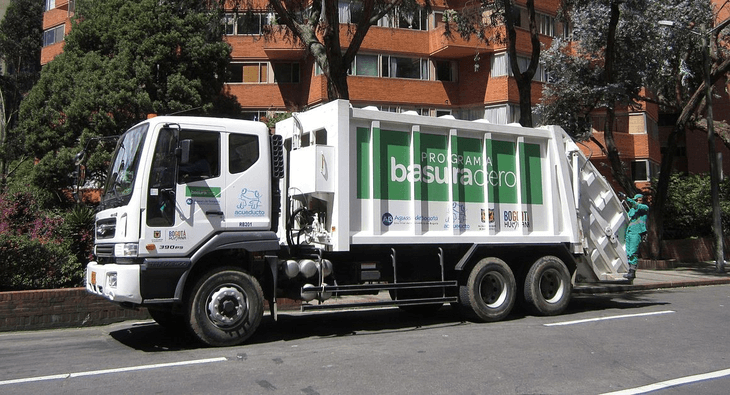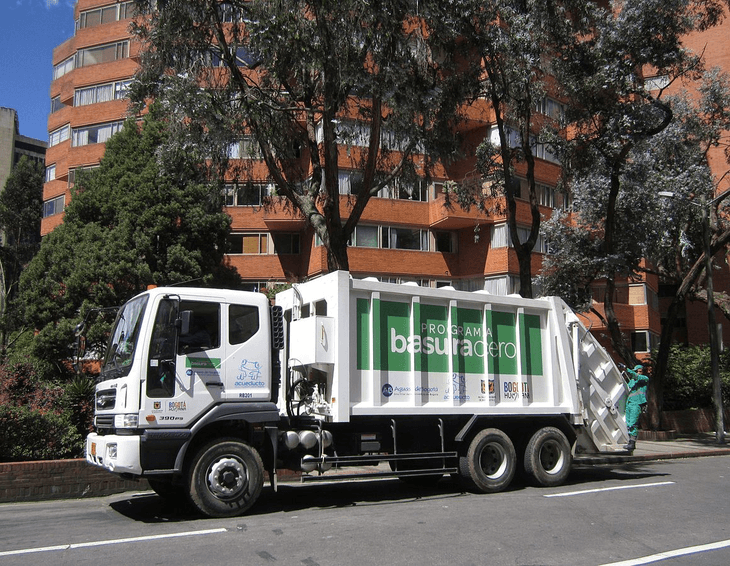The Zero Waste Program aims to reduce waste & increase recycling of waste by community & work force participation and is supported by education & training programs.
Every day the City of Bogota collects 6,500 tonnes of waste. At the Dona Juana waste disposal, 65% of the waste is classified as organic waste. Approximately 16% of the waste is collected and recycled by informal workers. In 2011, the Constitutional Court determined that informal workers should be incorporated into an improved and sustainable waste management system moving forward.
The Zero Waste Program was established to encourage community and corporate participation in reducing waste, increased recycling of waste and enhancing the social, environmental and sustainable development of the City of Bogota.
The inclusion and acknowledgement of waste pickers as a paid labour force in delivering this new model of waste management is vital to the long term success of the program. Efforts to record activities in this area have been made and reveal the following statistics:
- 20,643 waste pickers have been identified
- 46 waste picker organizations have been authorized
- 10,673 waste pickers have been paid
The Special Administrative Unit Public Services is leading the initiative and both the public and private sector are involved as stakeholders.Educational opportunities are provided for the community and corporate organizations while training programs for waste picker organizations and employees are held regularly.
Guangzhou Award
This project was shortlisted for the 'Guangzhou Award' in 2014 in the following category: Deserving Initiative.
In 2011 the Constitutional Court ordered the implementation of a new waste management model with an emphasis on recycling and a directive to work towards achieving a reduction in the 6,500 daily tonnes of rubbish that are emptied into the city landfill each day.
To achieve this the following steps have been identified:
- Create a sustainable waste strategy
- Forster a culture of waste reduction by sorting rubbish for recycling
- Ensure waste pickers are paid and provided with education and training in recycling
- Minimize the landfill use by the promotion of recycling
The UAESP has entered into service agreements with public entities and the private sector to facilitate the program. Educational materials (youtube, webpage, magazine) are available to citizens and employees and education programs are organized in the community and workplaces. In addition, regular meetings are conducted with the waste pickers to discuss the program’s progress.
A budget of $US80,537.00 has been allocated to UAESP, the leader of the initiative, for the period 2012-2016. Further financial support and resources are provided by both the public and private sector including:
- The Secretary of Social Integration, Health, Education, Habitat and Culture
- The Ministry of Labour
- The Institute for the Social Economy
- NGO’s
- Universities
- National Federation of Communitarian Action
- National Business Association of Colombia
The leader of the initiative is the UAESP who have been allocated a budget of $80,537.00 USD for the period 2012 to 2016. Further financial support and resources are provided by both the public and private sector including:
- The Secretary of Social Integration, Health, Education, Habitat and Culture
- The Ministry of Labour
- The Institute for the Social Economy
- NGO’s
- Universities
- National Federation of Communitarian Action
- National Business Association of Colombia
The Zero Waste Program is the first of its kind for Bogota and Colombia. There have been legal and technical obstacles about what is possible and not possible to do. To ensure the future of the program the UAESP has established working groups that monitor the progress of the program and its activities.
Bogota aims to be an example to other Latin American cities in establishing a Zero Waste Program. The provision of education and training programs for community members, corporate organizations and the waste picking workforce is paramount to achieving this goal. The inclusion and acknowledgement of waste pickers as a paid labour force in delivering this new model of waste management is vital to the long term success of the program.
- Bogota, Columbia, Zero Waste Program: a focus in reuse with social inclusion, Guangzhou Award for Urban innovation, http://www.urban-innovations.org/index.php/Zero_Waste_Program:_a_focus_in_reuse_with_social_inclusion (accessed 26th September 2016)
External links / documents
Want to know more about this project?
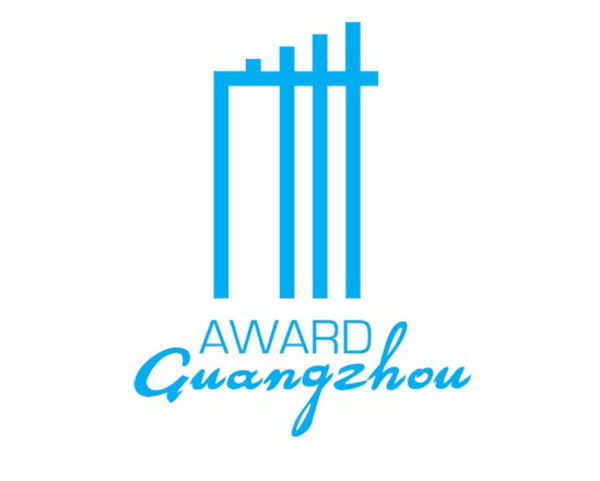
Related case studies
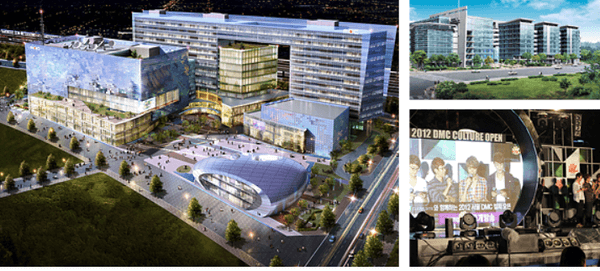
Seoul , South Korea
Sangam Digital Media City (DMC) - City of Tomor...
As an industrial cluster of digital media and entertainment companies, the DMC produces and disseminates cutting-edge media contents.
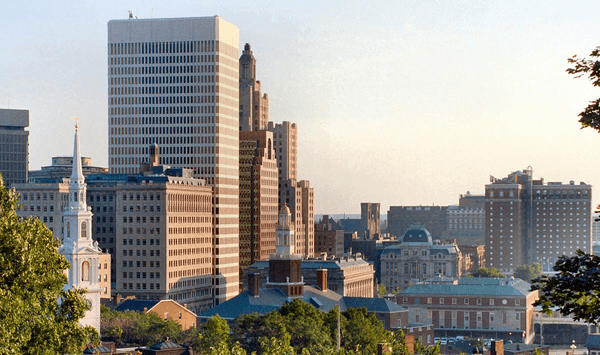
Providence, United States
Providence Talks
Providence Talks is an early childhood program that puts parents at the heart of their child’s cognitive development. It helps disadvantaged children close the achievement gap by increasing parent-child interactions at a critical age.
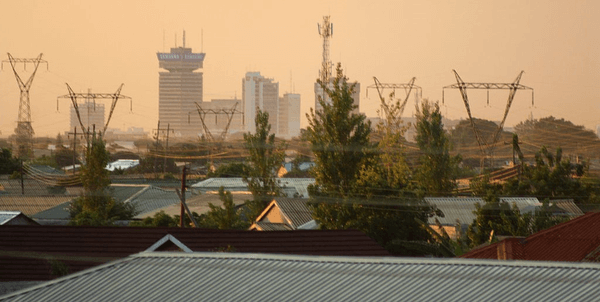
Lusaka, Zambia
Lusaka 2030 - a city without slums
Building a sustainable working relationship between local government and slum dwellers to create an inclusive city.
